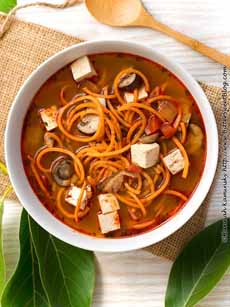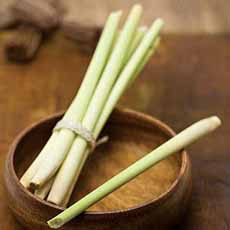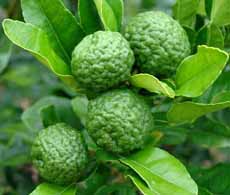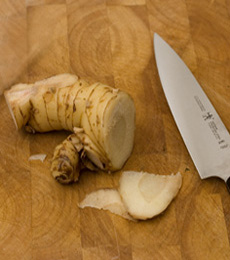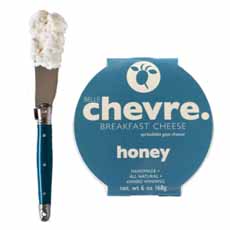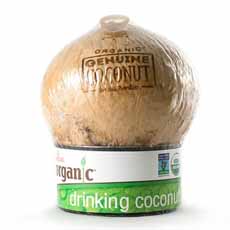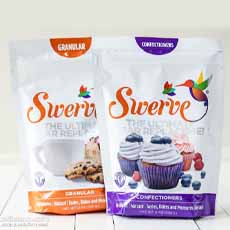|
In New York City, “the best deli,” referring to Jewish-style delicatessen, used to be a topic of debate.
Over the years, though, acclaimed delicatessens have fallen by the wayside. The Carnegie Deli and its rival The Stage Deli, both in the neighborhood of Carnegie Hall, are gone. So is Artie’s Deli on the Upper West Side.
Barney Greengrass is still there, thank goodness, but it specializes in fish.
Katz’s Deli, home to the famous scene in “When Harry Met Sally,” is O.K., but not worth the trip all the way downtown. Ditto for the Second Avenue Deli.
Our nearest deli, Fine & Schapiro, falls into that “O.K.” category, too.
We were feeling sad that our excursions to glorious deli meals were a thing of the past.
So when we received an invitation to try P.J. Bernstein’s on the Upper East Side, we headed cross-town with high hopes.
We were not disappointed.
A FEAST OF JEWISH CLASSICS…
All of the standards of the classic Jewish deli are there in abundance; and more important than abundance, the quality is outstanding.
Is P.J. Bernstein’s the best deli in New York? We haven’t eaten at all of them, but to us, it’s now the number-one deli of choice.
The deli all-stars are on the menu: brisket, corned beef, pastrami, tongue and the other deli meats; matzoh ball soup plain, with egg noodles, or with (be still, our beating heart) kreplach!
And the smoked fish: smoked salmon, sturgeon, whitefish, whitefish salad!
While delicatessens typically buy their meats and fish from provisioners, ready to slice and serve, the kitchen dishes we had are standouts: chopped liver, gefilte fish, stuffed cabbage.
As we write this, the little voice in our head is saying: “Only three hours to lunch…at P.J. Bernstein.”
…AND MODERN FAVORITES
If one of your party doesn’t want deli, there are plenty of choices, from burgers and salads to smoothies and a juice bar. P.J. Bernstein is steeped in transition, but has menu updates for modern palates.
The restaurant is open 7 days:
1215 Third Avenue between 70th and 71st Streets, New York, NY 10021
212.879.0914
|
|
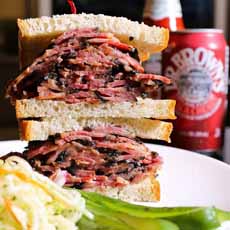
[1] The classic four: pastrami, cole slaw, pickles and Dr. Brown’s cherry soda (all photos courtesy P. J. Bernstein).
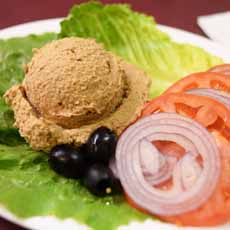
[2] Chopped chicken livers: Jewish ambrosia.
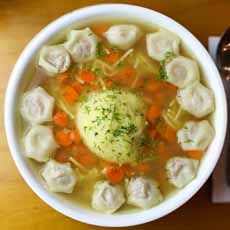
[3] Matzoh ball soup with a bonus: kreplach!
|



